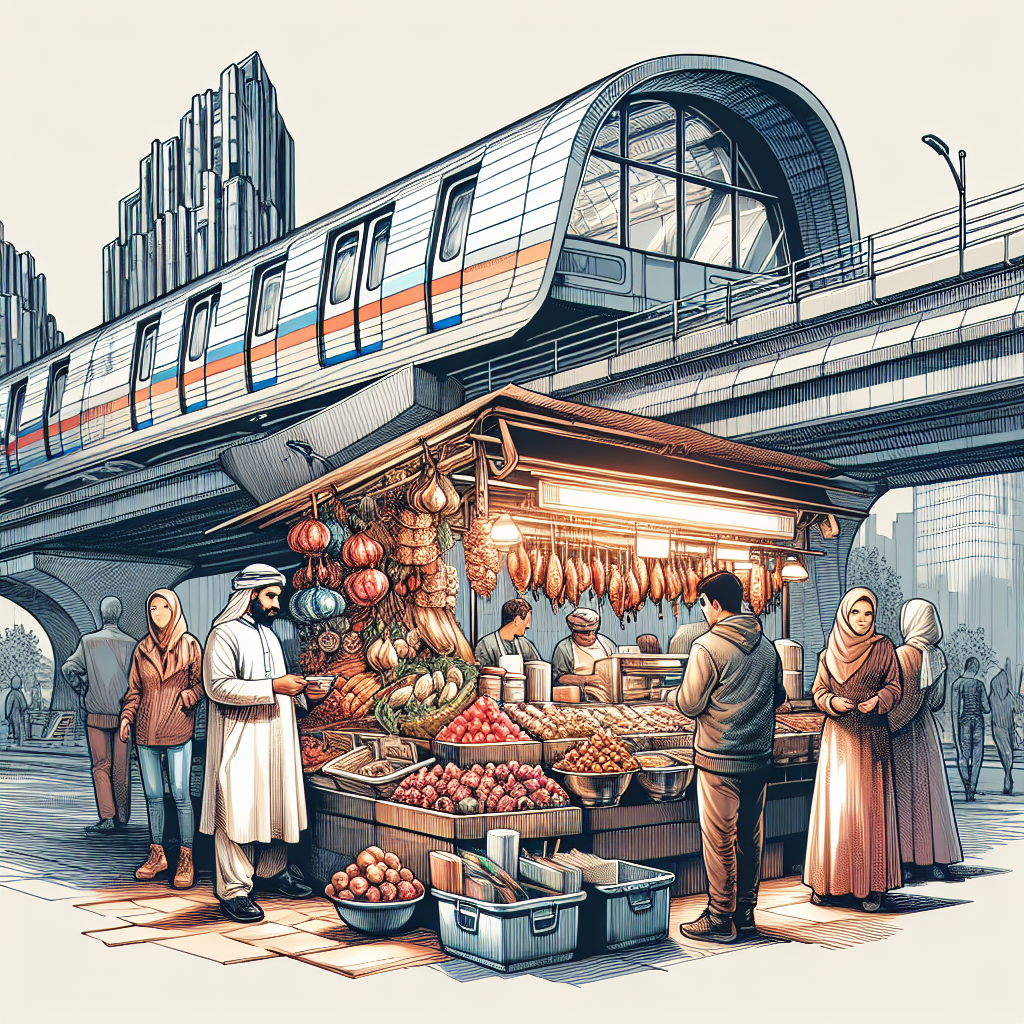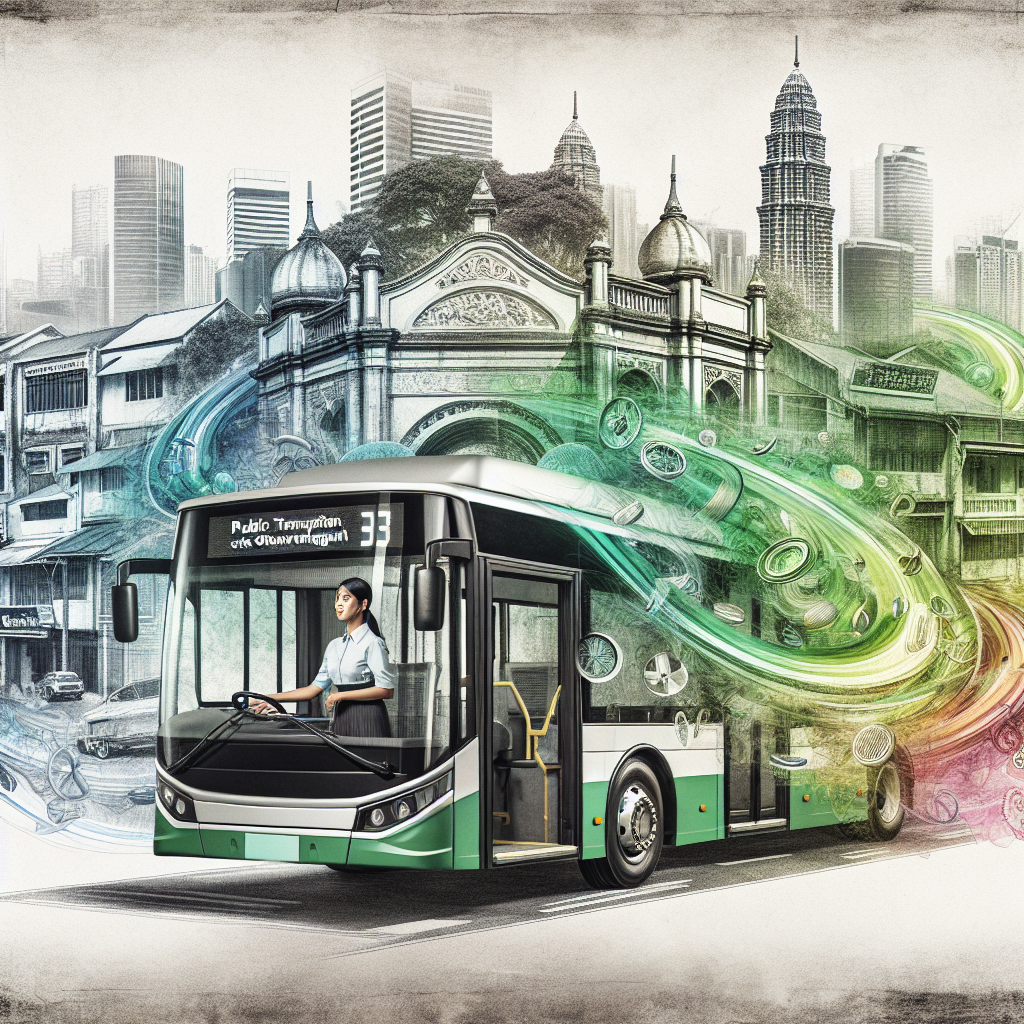Travel is usually about serendipity, about discoveries that transform our perspective and shift our paradigms. But what if the transformation isn’t merely the result of distant horizons but instead originates from something as mundane yet vital as a city’s public transportation? Such is the case here, where the humble bus, tram, and metro become catalysts for change.
The artful blend of old traditions and modern transitions defines it — ‘The Crafted Commute’.
Culinary Tradition
In the heart of many cities lies an unspoken culinary tradition: food hawkers adjacent to bustling transit hubs serving local delicacies. Like clockwork, they arrive alongside morning commuters, bringing comforting aromas wafting through drafty stations.

Cultural Roots
The ritual has roots steeped deep in laborer culture when workers en route to their workplaces needed inexpensive fuel throughout their long day. These stations weren’t mere stopovers but marketplaces uniting people over shared sustenance.
Modern Evolution
The arrival of an expansive new transport network sparked significant shifts. Stations were redesigned into commercial spaces filled with international chains leaving independently-run food stalls struggling for space.
Key Ingredients
‘The secret to survival is adaptability,’ says Chen Lingyu -a third-generation hawker.
Lingyu relied on her grandmother’s recipes mingled them with contemporary tastes without losing its essence thus drawing more young commuters towards her stall located at one of these newly improved stations.

Preparation Methods
Tech-savvy vendors began accepting digital payments and embraced social media to broadcast their daily specials. Traditional cooking methods were retained but the packaging was revolutionized: biodegradable, easy-to-carry containers became a norm. It was as if tradition met technology at a crossroads — just like the bustling junctions.
Cultural Significance
The survival wasn’t merely about financial sustenance for these hawkers, rather preserving cultural integrity that lay in every bite they served.
Contemporary Trends
These adaptations mirrored broader societal changes reflecting youths’ demand for sustainable, locally-sourced food even when on-the-go. Moreover, patrons progressively valued authenticity and personal narratives over impersonal multinational establishments.

Expert Perspectives
‘Public transport doesn’t just influence mobility,’ says urban planner Dr. Philip Yu. ‘It unwittingly shapes food culture too.’
Personal Experiences
Jenny, an office worker who had been frequenting Lingyu’s stall said:‘Something truly beautiful unfolds when you can experience another’s passion through something as simple yet complex as a humble street dish.’Prompted by her taste buds coupled with efficient commute she decided to change her route to the workplace so she could enjoy Lingyu’s dumplings more often.An unexpected benefit from transportation overhaul indeed!This individual story is just one example mirroring many others across different cities where revamped transit systems are subtly influencing people’s culinary choices and experiences building community ties in unusual places.
Cultural Preservation & Transformation:
In this evolving cultural landscape cuisine emerges as a powerful identity marker. The transformation of public transportation systems inadvertently offers a platform for these flavors to thrive, narrating silent tales of resilience and adaptation one stop at a time.

